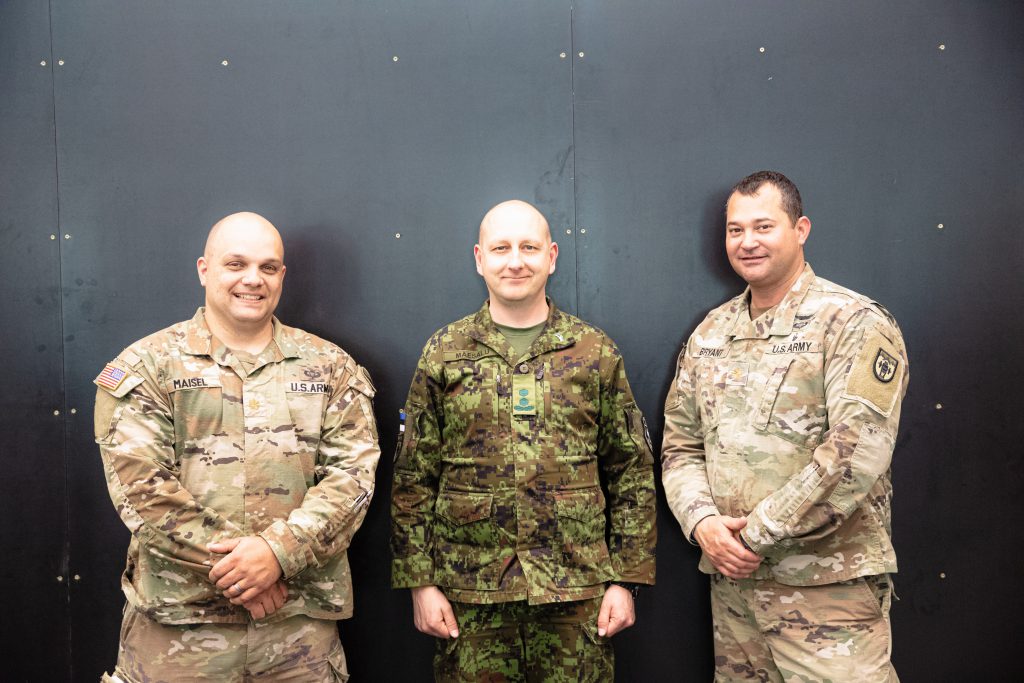Maryland’s Digital Liaison Detachment integral to interoperability
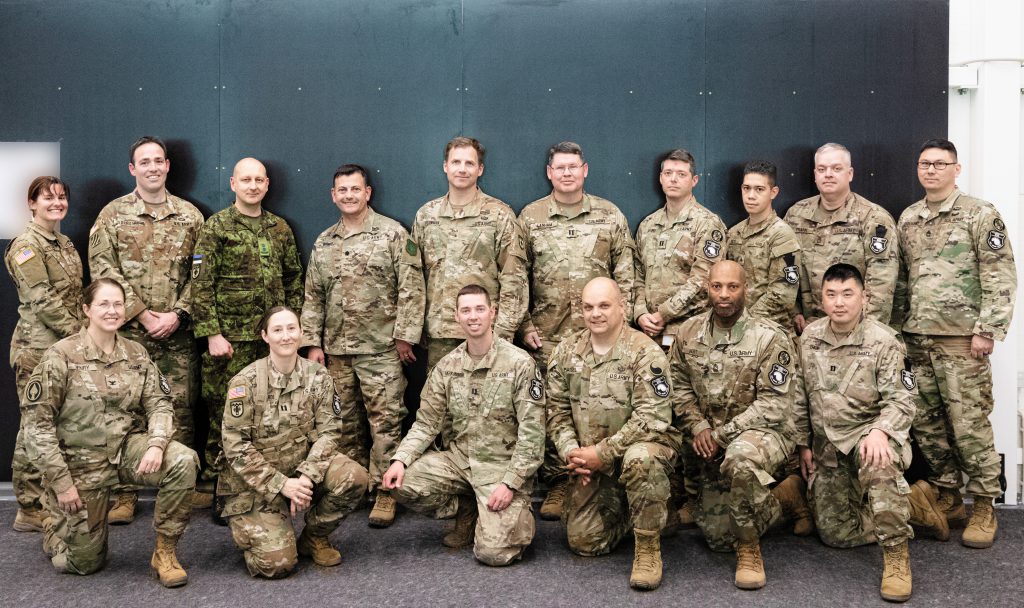
By SGT Thomas Lamb
ALDEPHI, Md. – There are only a few units rarer than a Digital Liaison Detachment. The 291st
DLD is the Maryland Army National Guard’s own, one of only 16 units across all components of
the Army. DLDs are small, generally only 30 soldiers, and operate at a much higher echelon than
most Maryland units by facilitating communications and liaising between countries and armies at
the theater level.
At the most basic level, DLDs facilitate interoperability. There are six warfighting functions
DLDs support to encourage interoperability: command and control, movement and maneuver,
intelligence, fires, sustainment, and protection. By providing information about U.S. capabilities
in these functions to our allies and vice versa, DLDs enable critical mission to happen with
partners around the world.
The 291st DLD participated in Defender EUROPE 22 and Hedgehog (or Siil in Estonian)
exercises in May last year. Since the DLD had not participated in a Defender-series exercise
before, the scope and scale of the U.S. Army Europe warfighter exercise was a new experience
for the current unit. Their main task was to support artillery operations between the U.S. and
Estonia. During this exercise, there was a historic integration of the Estonian TOORU artillery
system with the U.S. Advanced Field Artillery Tactical Data System.
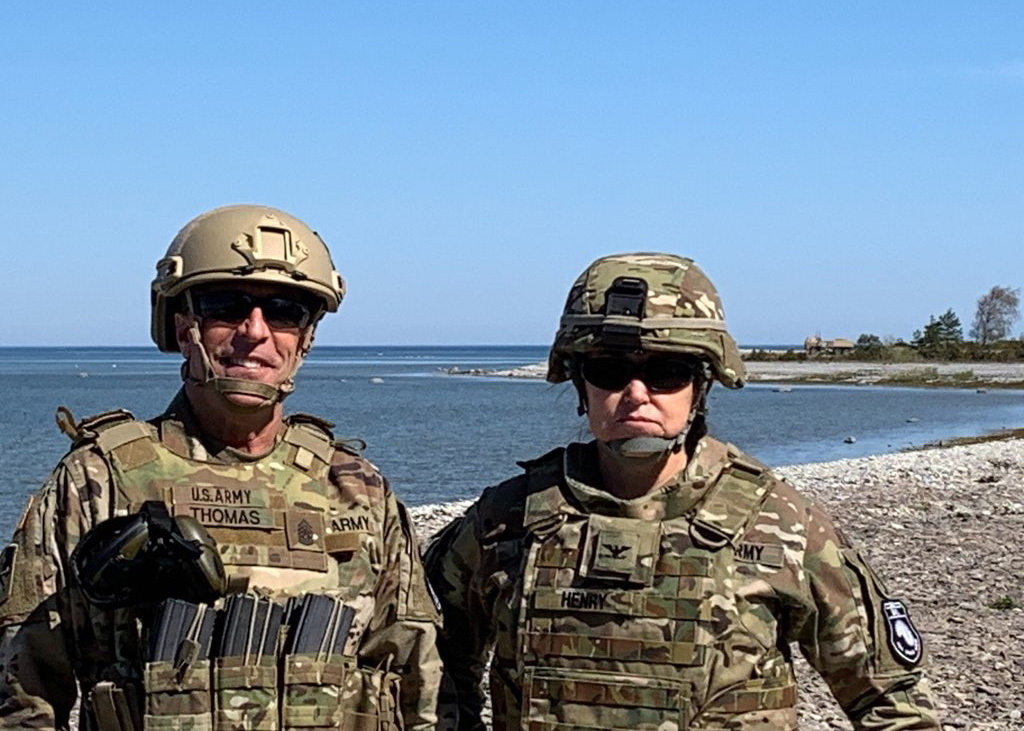
“Let’s say the Estonians have a target that is too long of a range for their systems to be able to
action,” said Col. Kristine Henry, a former commander of the 291st DLD and current chief of
staff for the Maryland Army National Guard. “They want to be able to digitally pass that target
from their command and control system over to the U.S. system so that then the US could, with
their larger long-range systems, be able to action that particular target.”
On the surface this seems simple, but because TOORU is unclassified, and AFATDS is NATO
secret, but the data cannot be sent directly between the systems, so a cross domain solution was
needed. The 291st DLD was employed to help solve this problem.
“Not only did we help connect the dots to get everything working technically, but we were able
to step in and be a manual input in the middle of it all,” said Henry.
While the connected systems only function with a physical U.S. presence in the country, after
Hedgehog 22 the Estonian Defense Force planned to coordinate linked artillery with V Corp,
who supports U.S. Army forces in Europe with exercises and training to increase readiness and
the ability to deter potential adversaries. As the Estonians gain organic long-range fires
capabilities, a DLD would no longer be needed and could move onto enable interoperability for
other functions like Air Defense or other countries.
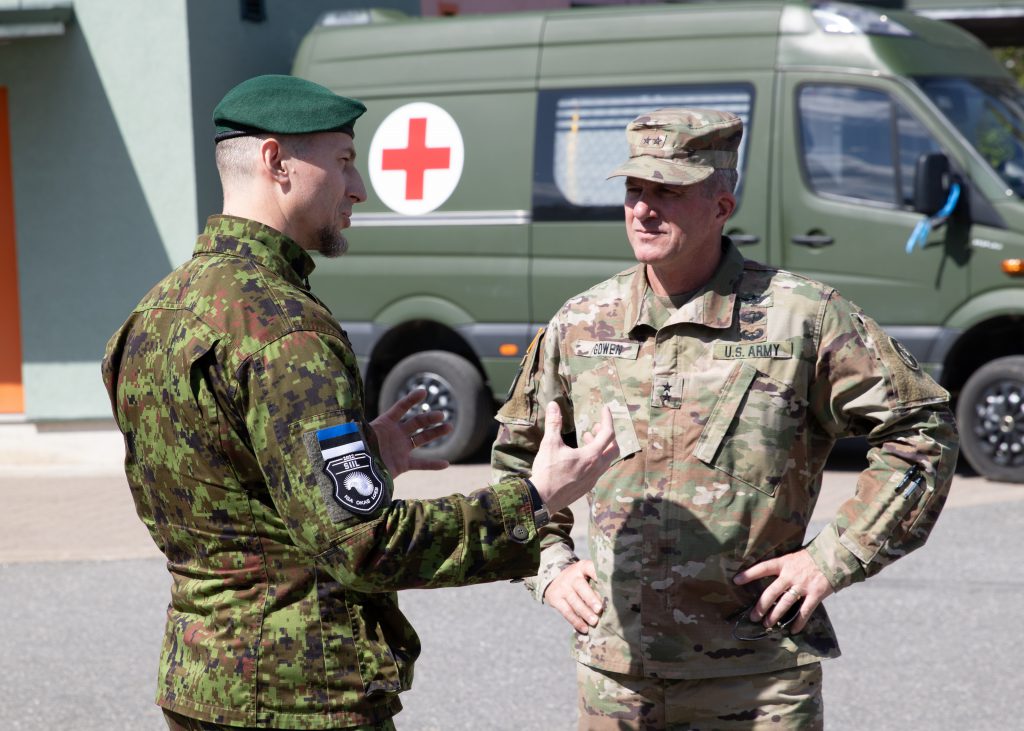
These international achievements are what a DLD is designed to accomplish, most DLDs are
from the National Guard or U.S. Army Reserves and by 2028 the Army plans to stand down all
Active Duty DLDs. If DLDs are going to be prominent in the Guard, then they need a domestic
mission. Task Force 291 proved there was a relevant and integral domestic use for DLDs during
the COVID-19 pandemic in Maryland.
“In order for the DLD to have a mission there has to be a foreign partner for the federal side,”
said Henry. “For the state mission, what we’ve done, instead of it being the multinational partner
we were liaising with the state government and other agencies during the state mission.”
Because the National Guard supports states during times of emergency, but generally operates
separately from other state agencies there is a need to establish a relationship between the
agencies and the Guard in order to ensure the most effective use of manpower. Task Force 291
was a fantastic use of the DLD during the COVID-19 pandemic because trained liaison officers
were able to translate military capabilities to their civilian counterparts in other government
agencies. Task Force 291 was at least in part responsible for the overwhelming and nationally
recognized success of the Maryland Vaccine Equity Task Force.
“We want to be the first called unit for Department of the Army and the State of Maryland,” said
U.S. Army Lt. Col. John W. McDaniel, Jr., commander of the 291st DLD, MDARNG. “To
achieve that objective, we will maintain and strengthen our relationships with National Guard
Bureau and the Maryland National Guard leadership to promote our capabilities and the value we
add to the headquarters we support. We will also demonstrate this by continuing to support major
training exercises and state missions.”
The 291st DLD has also been involved in rotating deployments to Korea for the past several
years. Since the U.S. has a standing Army in the Republic of Korea, a DLD is necessary to
liaison between the U.S. and the ROK. This mission allowed the 291st to really excel at their
intended purpose.
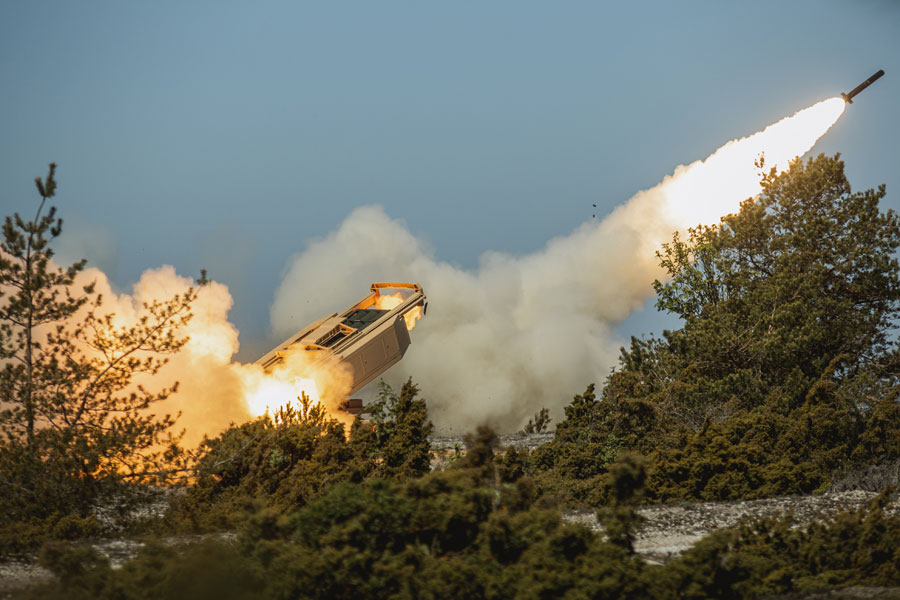
“We can track everything the U.S. Army is doing and our allies and then we interpolate that,”
said Lt. Col. Cristen Horton, former 291st DLD Fires Chief and current Deputy J-5 for the
Maryland Army National Guard. “We were busy 24/7 and we never got a break.”
Liaising does not confine itself to a nine to five schedule because liaison officers build trust with
allies by spending time with them outside of work hours including going to dinner or other
activities, explained Horton.
For the DLD working in Korea was similar to a combat deployment. The 291st DLD would be in
the Republic of Korea for about a month at a time before being replaced by another DLD. Every 12 hours they would change shifts, brief the one-star general, and be prepared to answer questions from the ROK about the movements of U.S. troops in the area.
“We’re not in charge of anything, which is nice, but we track everything,” said Horton. “We had to know what the Koreans were doing and what Americans were doing at any time, so we could pass information back and forth, and then make recommendations.”
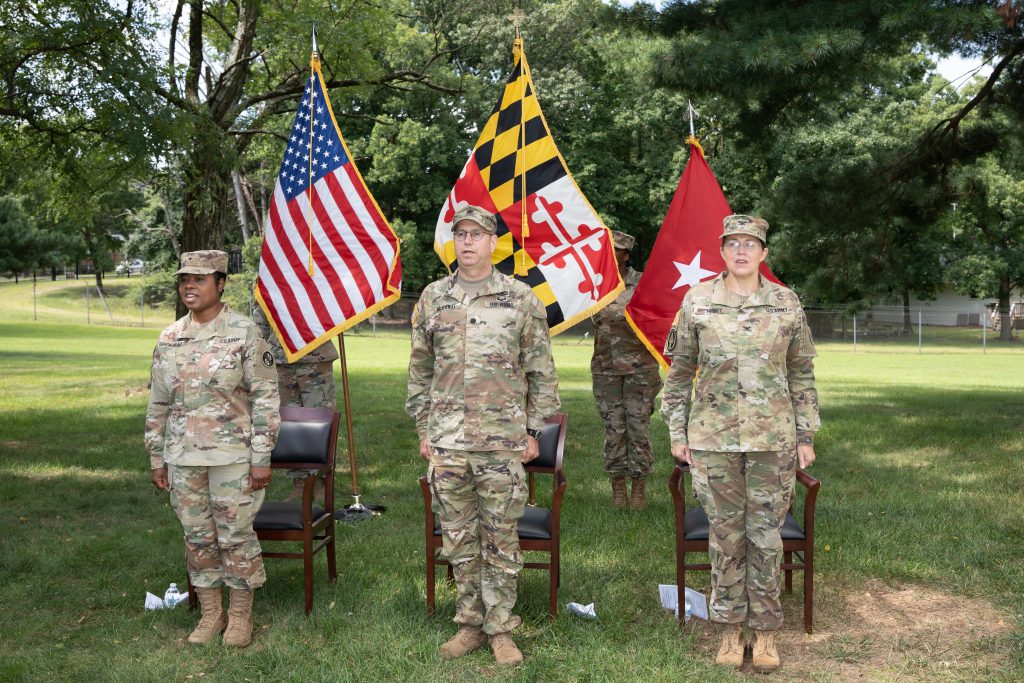
Recommendation is a strong word for the DLD because they are not directly in charge of the
operation but have access to more information than other non-DLD units. However, recommendations from the DLD are commonly the first step in operation planning. According to Horton, an example role of the DLD would be that Korean artillery scouts have identified a target that is out of range from their artillery, but an American Battery could engage. The DLD would then relay this information to American military leaders who could choose whether to act. While a DLD could recommend an infantry assault on a target, the risk is much greater than an artillery attack, therefore, artillery has become a big part of DLD operations.
“So [the ROK army] would hand me a list of targets. I put them into our [artillery] system, sent
them to the Americans, and hit prioritize,” said Horton. “Then I’d call up the American artillery
and say ‘I just sent you five targets. These are the top five targets the entire Korean first army
wants to kill.’ And if they’re not too busy, they say, that’s pretty important stuff, and they shoot.”
In the Army of the future, the 291st DLD will continue to be an important part of the Maryland
Army National Guard supporting domestic and international liaison operations. The unit plans to
continue to support exercises in Europe while working with Maryland’s State Partnership
Program partners from Estonia and Bosnia-Herzegovina.
